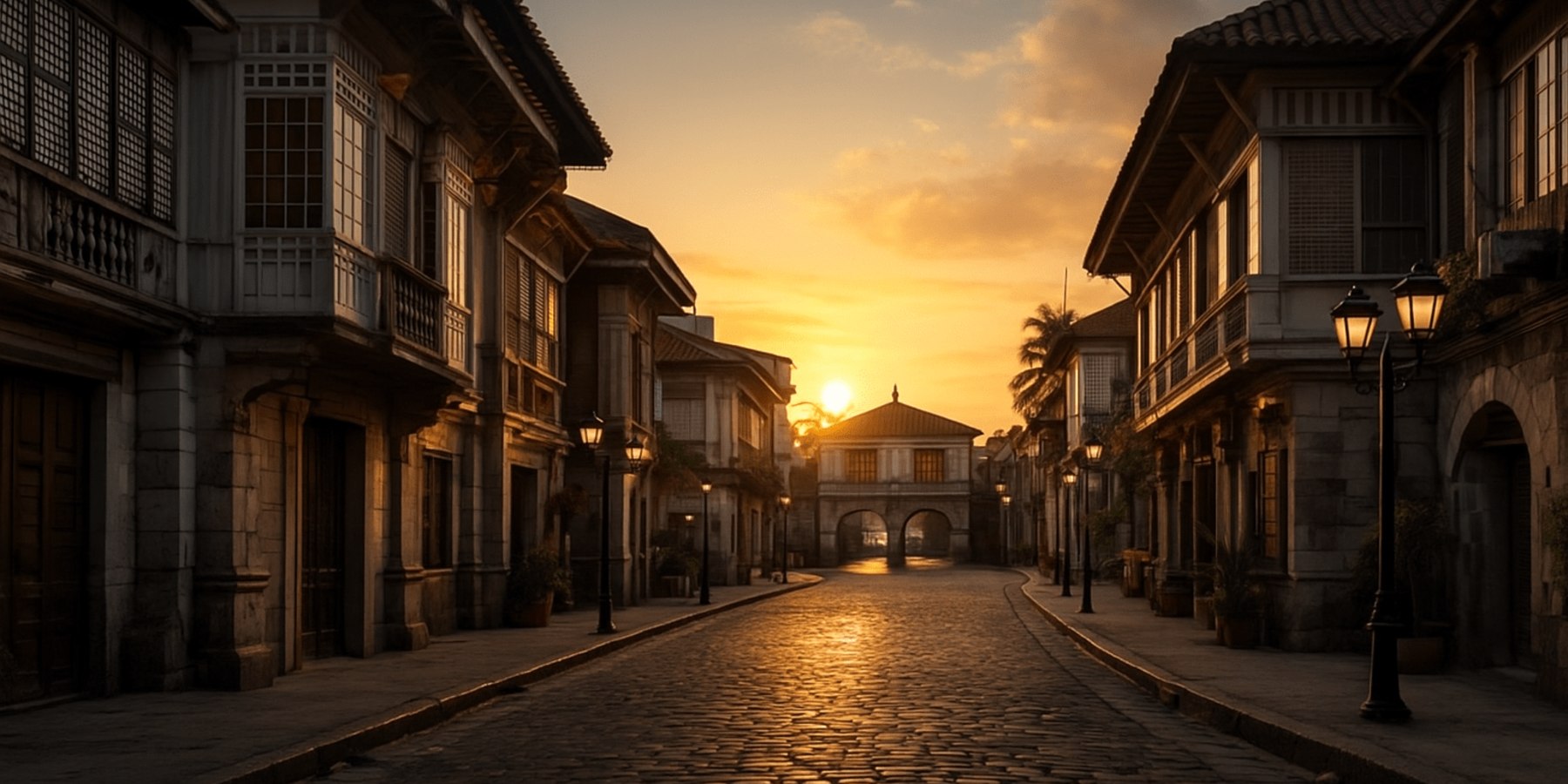
The Untold Stories of Cebu’s Oldest Streets:
A Journey Through Time
Cebu’s old districts are more than historic landmarks—they are living storytellers. Every corner, wall, and window of these ancient streets carries memories of the island’s vibrant past, shaped by trade, faith, resilience, and centuries of cultural blending. This walking-through-history journey takes you into Colon Street, Parian, Casa Gorordo, the Jesuit House, and other heritage sites that continue to define Cebu’s identity today.
1. Colon Street – The Oldest Street in the Philippines
Built during the Spanish era in the 16th century, Colon Street was once the center of commerce, culture, and community life. Its theaters, shops, and ancestral homes once welcomed traders, travelers, and revolutionaries. Though modernized, it remains the country’s oldest and most iconic street—where Cebu’s history began.
2. The Parian District – Where the Wealthy Mestizos Once Lived
Parian was once Cebu’s elite neighborhood, home to Chinese-Filipino merchants and wealthy families during the Spanish colonial period. The district is filled with ancestral houses, old stone walls, and narrow lanes that whisper stories of prestige, trade, artistry, and survival during turbulent times.
3. Casa Gorordo – A Glimpse of 19th-Century Filipino Life
Casa Gorordo, built between the 1850s–1860s, showcases the transformation of Cebuano lifestyle from traditional to Spanish-influenced. Its hardwood floors, antique furnishings, and airy “ventanillas” reflect the elegance of the time. The house once belonged to Juan Gorordo, the first Filipino bishop of Cebu, adding to its historical significance.
4. Jesuit House of 1730 – Cebu’s Oldest Standing Structure
Hidden behind a hardware store in Parian is one of Cebu’s greatest treasures—the Jesuit House of 1730. This coral-stone and molave-wood structure survived fires, wars, and natural disasters. The building carries layers of history: a trading house, a Jesuit residence, a Chinese merchant’s home, and now a museum filled with artifacts from pre-colonial and colonial Cebu.
5. Old Spanish-Era Houses and Stone Structures
Throughout Cebu’s heritage district, countless bahay-na-bato homes, century-old stone bridges, and former convents remain standing. Their wooden balconies, capiz-shell windows, and thick coral-stone walls capture the soul of Spanish-era craftsmanship, each with stories of families, revolutions, and cultural evolution.
A Walk Through Time
Exploring these streets is like stepping inside a history book that never stopped breathing. These places preserve Cebu’s identity—its multicultural roots, its colonial influences, and its continued relevance as a center of culture and trade.
For travelers seeking more than beaches and waterfalls, Cebu’s old streets offer a powerful reminder:
History lives not only in books but in the stones beneath your feet.

